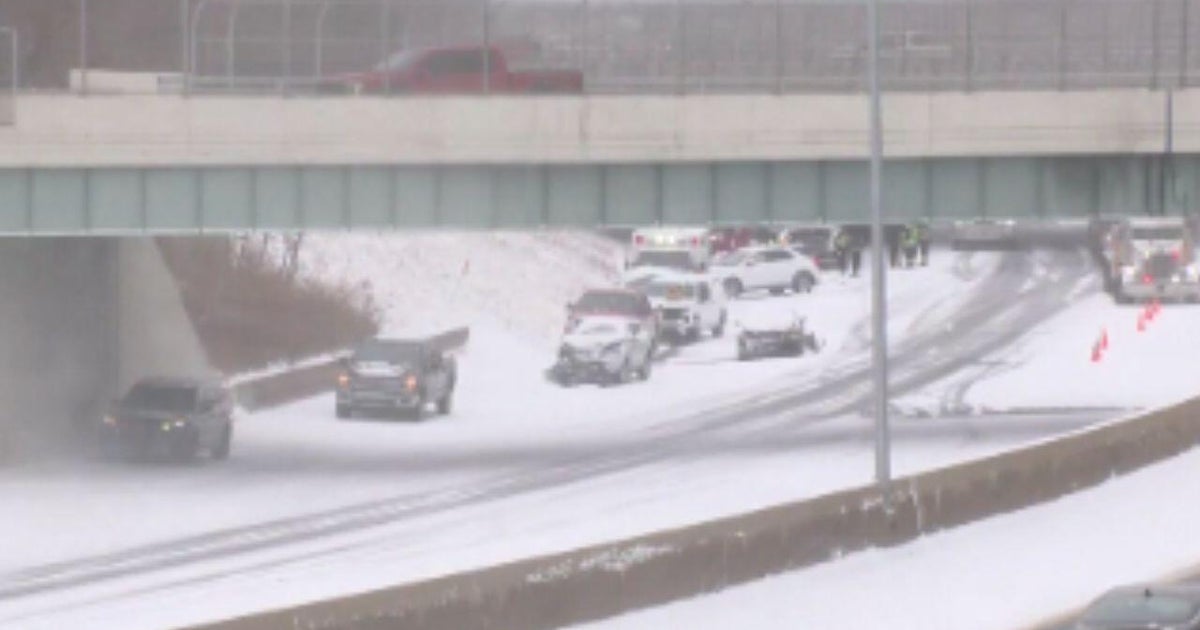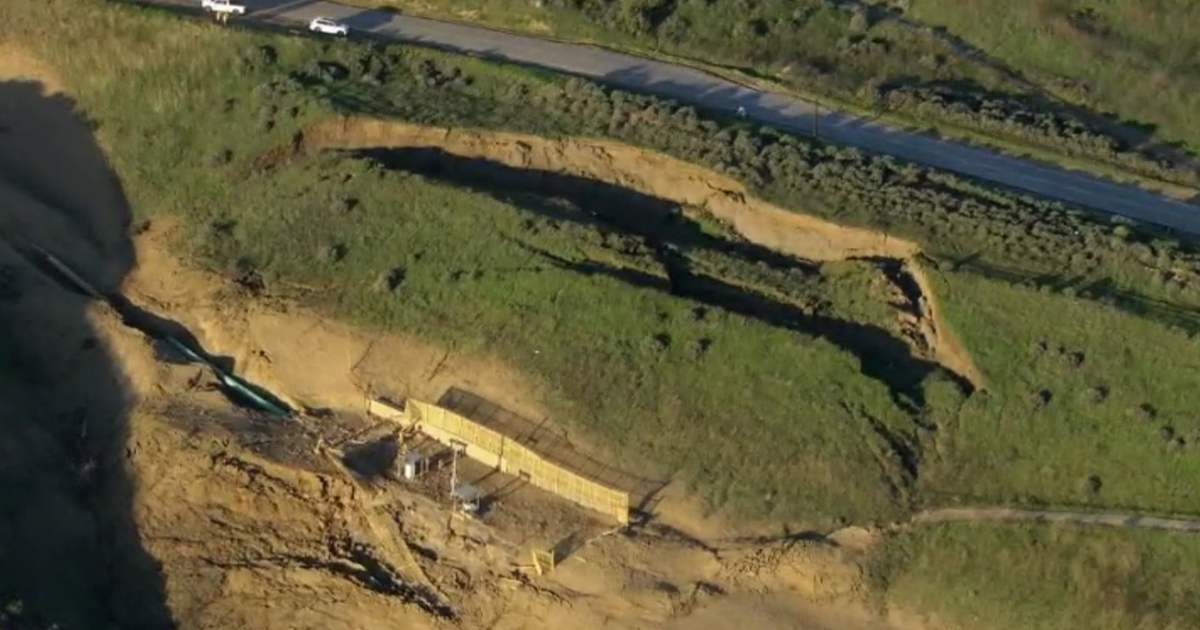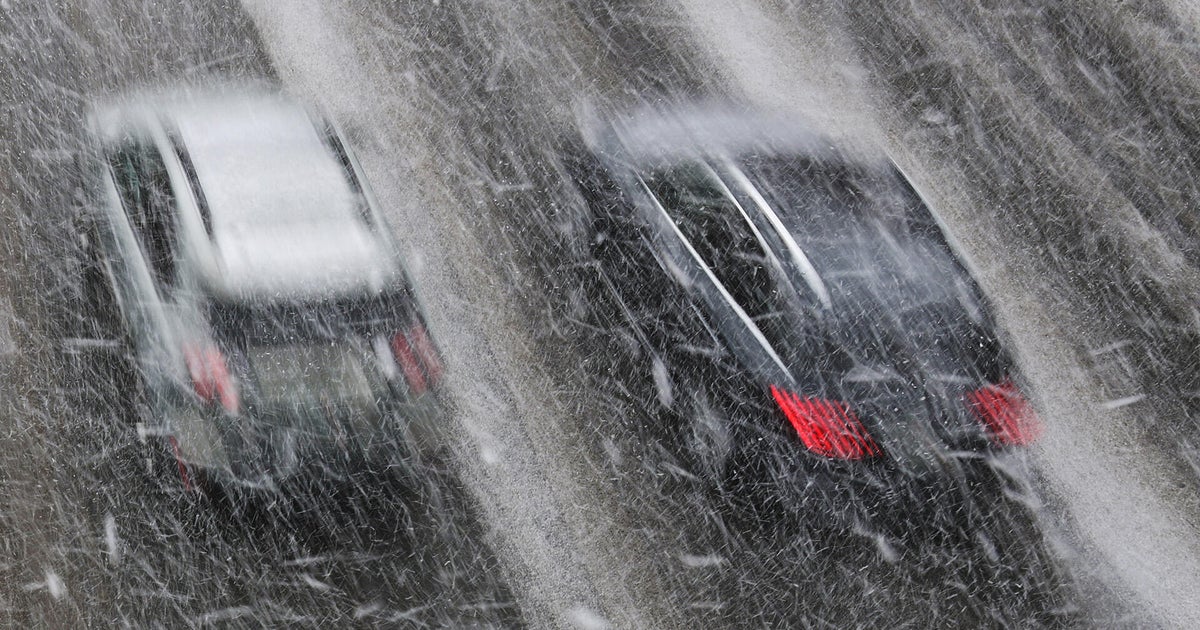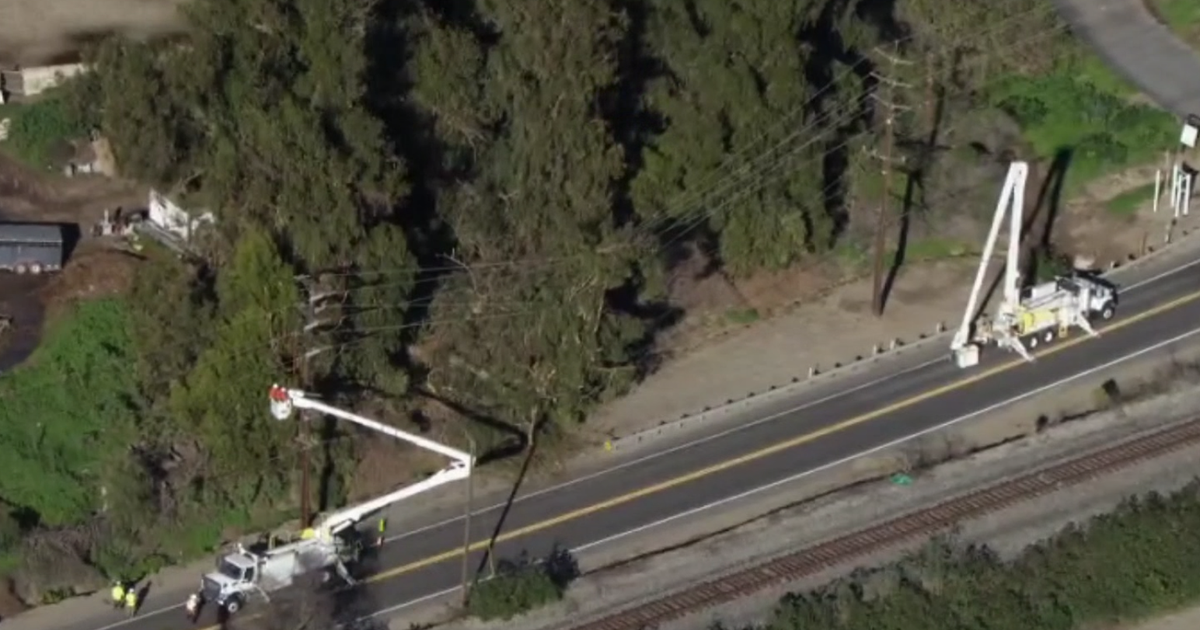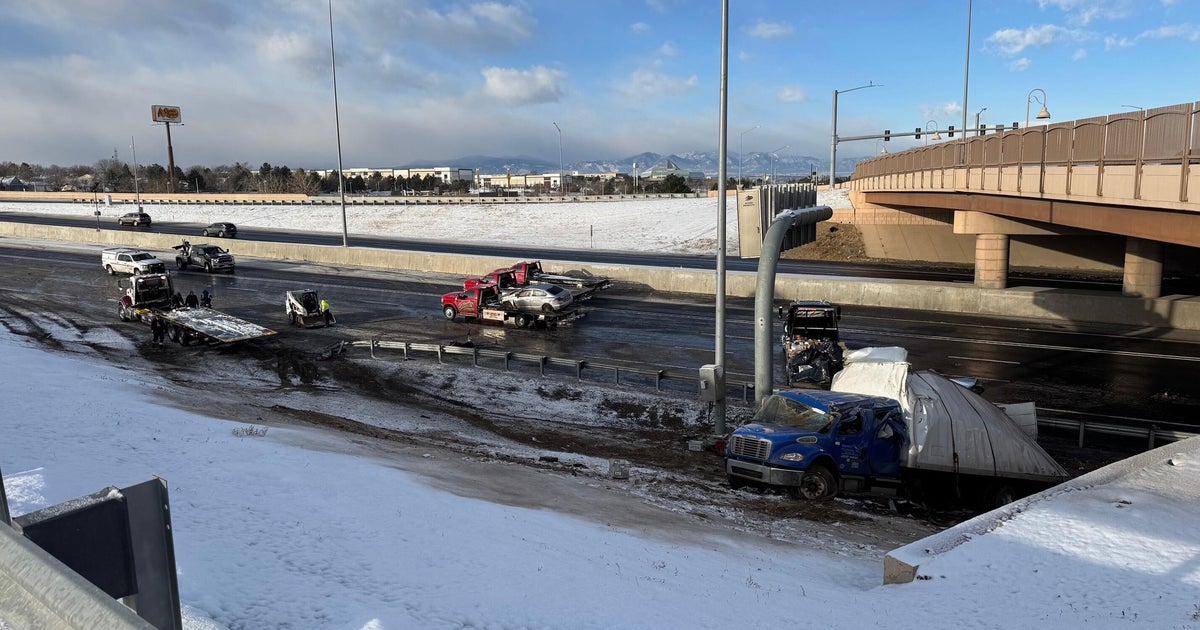Good Question: When Is Rush Hour?
MINNEAPOLIS (WCCO) - If you've ever been stuck in traffic at 3 p.m., you might wonder where all of those other people are headed. E. Cain wrote to WCCO wondering why the rush that used to start at 5 p.m. now seems to start much earlier.
Brian Kary, MnDOT's Director of Freeway Operations, says rush hour is generally considered between 6 a.m. to 9 a.m. and 3 p.m. to 7 p.m., but varies depending on the corridor.
"There are certainly folks trying to beat the peak of the peak and they're leaving earlier. And, now more and more people are leaving earlier, that's causing congestion to spread out," Kary said. "If you're out on Highway 10 in Anoka, it might start as early as 6 o'clock, but it might be done by 8. But as you get closer to the metro and the trips are coming into the metro area, it might be closer to 9."
MnDOT believes more people have flexibility in their schedules these days to avoid what it calls "peak-peak." In 2008, MnDOT saw overall congestion decrease as the economy tanked, but it has since gone back to normal levels.
Kary says afternoon rush hour is generally more congested than the mornings because people are making more personal trips. Construction and bad weather can also have an impact.
Mondays through Thursdays are somewhat consistent, but Friday afternoon rush hours can start at noon.
"Some people are bugging out of work early, so they can hit the cabin early," he said.
Kary says it only takes about 3-percent fewer cars on the road to reduce congestion by 25 percent. So on government holidays, like Veteran's Day, there aren't all that many fewer people on the roads, but it seem much less crowded.
According to John Hourdos, the director of the Minnesota Traffic Observatory at the U of M, July is the busiest traffic month. Rush hours are even longer then because people are more likely to leave work early, enjoy the outdoors and then get back in their cars to head home.
In the winter, many of us just head straight home.
